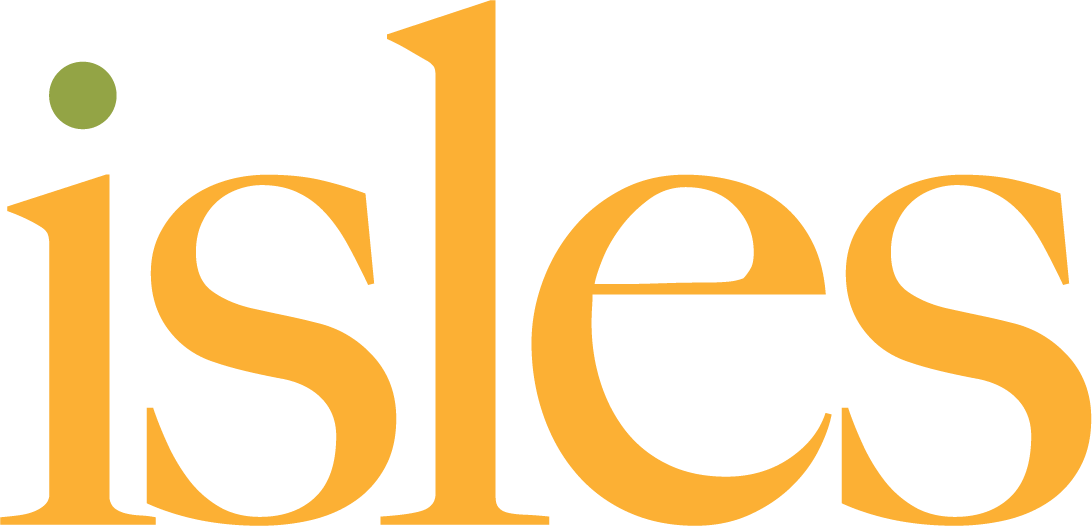A recent cover article on NJBIZ highlights the challenge of lead in our water in NJ.
The problem is, 80% of the lead in kids’ bloodstreams comes from lead in dust, not water. My letter to the editor in response:
“Too many people think that the lead problem was solved decades ago, but a 2015 NJ Health Department study of lead poisoning revealed that in 13 places, mostly cities across NJ, a higher percentage of children had elevated levels of lead in their blood than children in Flint, Mich. Here in Trenton, the percentage was twice as high.
While lead in our water is an important threat, by far the most significant cause of lead poisoning in New Jersey comes from the dust of homes where lead from old paint makes its way into our kids’ bloodstreams. Of course, those in older neighborhoods carry the highest burden.
The good news is that we and others are working to understand the source of the toxic threat and low cost ways to make our homes and backyards safe. (This past year, we tested nearly 400 Trenton homes, and found that more than 70% have lead-based paint, while fewer than 10% had high lead levels in their water.) As a result, we believe that Trenton can become “Lead-Safe by 2027”.
This ambitious goal requires a consistent approach that combines public and private players, applying forward thinking policies that other cities across the country have proven effective, in addition to investments in testing and getting the lead out.
Thanks to NJBIZ for highlighting the lead threat, and we encourage you and your member businesses to join us and others who are tackling the source of 80% of the threat. Dust may not be as sexy as water, but its far more dangerous, especially to those that can least afford it, like kids and the elderly in older communities.
Experts tell us that a dollar invested now in lead safe home repairs will return at least $17, just down the road. We can help NJ’s budget problems by lowering the cost for special education, incarceration, health and social services and other public assistance simply by protecting children’s brains from lead’s damage.”




 Foster self-reliant families and healthy sustainable communities
Foster self-reliant families and healthy sustainable communities